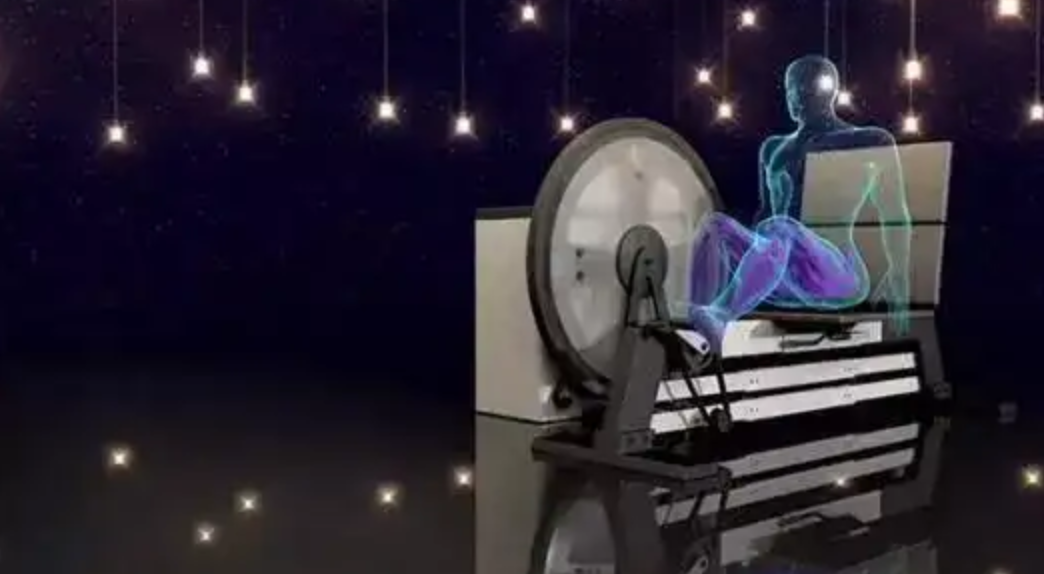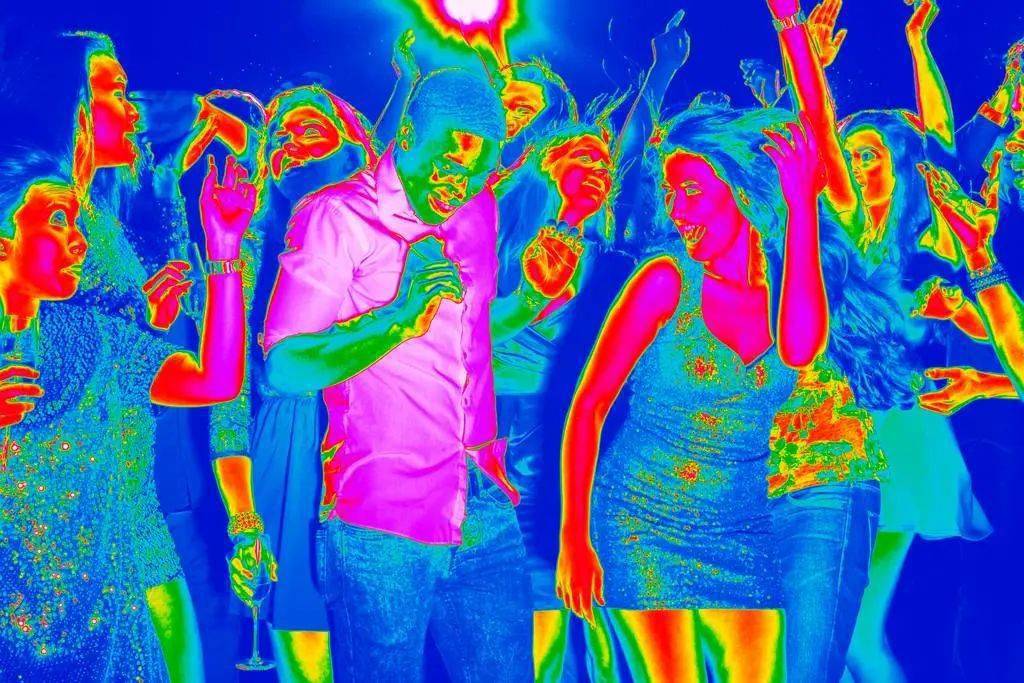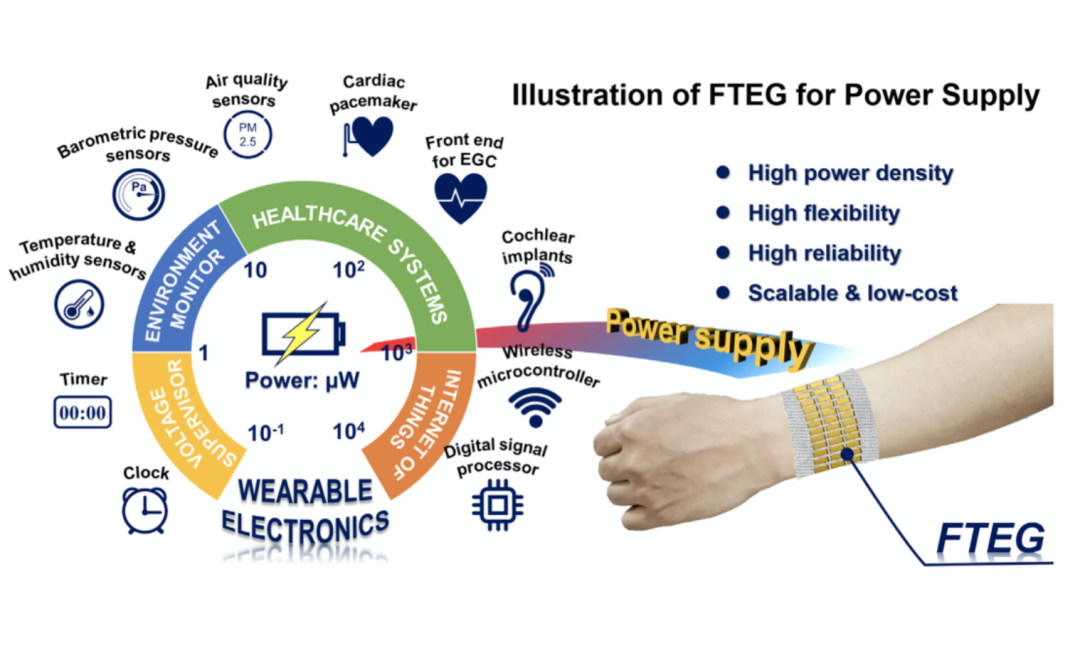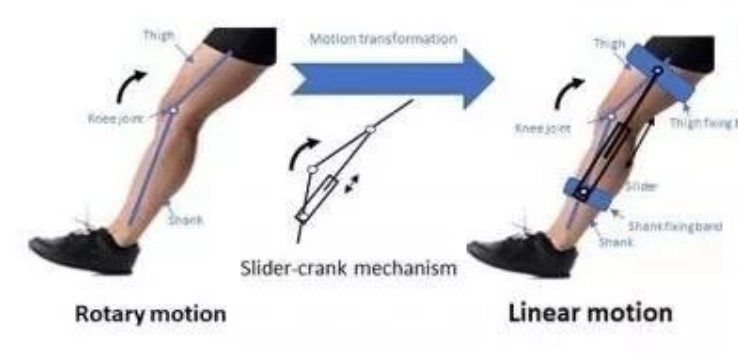
Most of the energy of the human body is emitted in the state of maintaining the operation of various organs and the movement of the human body. If this energy can be converted into electrical energy, it will be another way for mankind to cope with the global energy crisis. Some scientific studies believe that more than 1/3 of a person's life energy is wasted in vain. There are more than 6 billion people in the world. If this part of human biological energy can be developed and utilized, it is equivalent to building 10 million buildings. kilowatt-scale nuclear power plant.
Don't waste the heat from sweating, it can be turned into a new "battery" by changing hands, another possibility for energy. As mentioned in the "Nihon Keizai Shimbun" report, charging mobile phones through the human body will no longer be a distant dream.
According to the report, 30% of people may suffer from a new modern disease - "battery phobia". The number of electronic devices that people need to carry has increased, and the "zero remaining capacity" of batteries has become a scary thing. Everyone knows when to charge, but often forgets. But don't worry, the body produces energy every day through diet. "If you are in a hurry, solve it yourself", the technology that turns the human body into a generator may play a role in relieving anxiety.

|Recover the heat energy released by humans
Mithras Technology, a spin-off from the Swiss Federal Institute of Technology Zurich (ETHZ), may have found a solution. Company founders Franco Membrini and Moritz Thielen had a simple idea - use the human body as a source of energy.
The human body emits an average of about 100 watts of heat at rest, and can even easily exceed 1000 watts while exercising, enough heat to boil 1 liter of water in 6 minutes.
The human body continuously radiates about 100 watts of thermal energy, most of which is absorbed by the surrounding environment. Mithras hopes to use thermoelectric generators (TEGs) to convert this "wasted" heat into electricity. One side of the TEG is in contact with the body and the other side is in contact with the environment. The device converts the temperature difference between the two sides into electrical energy, which is stored in the battery. The TEG produces no emission current even with temperature differences as low as one degree Celsius.
Mithras has designed two solutions for the body wearing of TEG sensors: as a stand-alone wearable device or integrated into a mobile device. Potential consumer applications of the new technology include fully autonomous fitness trackers by integrating TEG systems.

Coincidentally, in order to reduce carbon emissions, some projects are beginning to consider the reuse of this waste heat, thereby partially replacing electricity and natural gas. Recently, the SWG3 club in Glasgow, UK, introduced a renewable heating system that can capture human body heat.
The system first collects the large body heat generated by people dancing in the club through heat pumps, and then transports this energy to an underground well about 150 meters deep for storage, forming a large "thermal battery" that provides heat for the entire building. The club says the system is expected to reduce carbon dioxide emissions by 70 tonnes a year.

| Harvesting energy from walking human body
A research team led by a professor from the Department of Mechanical and Automation Engineering at The Chinese University of Hong Kong (CUHK) has developed a lightweight smart material-based energy harvester that harvests energy from human motion and can be generated by simply walking. Endless, sustainable power.
Specifically, the device can capture biomechanical energy from the motion of a human knee and convert it into electrical energy that can be used to power wearable electronics such as pedometers, fitness monitors and GPS. The work has been published in Applied Physics Letters.

Piezoelectric macrofiber composites are lightweight materials that can generate electrical energy under deformation. The energy harvester employs a curved beam and crank-slider mechanism to capture the motion of a person's knees while walking. The captured motion is then used to deform the piezoelectric macrofiber composite sheet of the bending beam to generate electricity when a person's knee is bent or extended.

|The human body is a safe source of energy
While battery-powered devices are by far the most popular method, it is an inefficient, expensive, and bulky method. To make matters worse, rechargeable batteries sometimes even explode. For these reasons, people are looking for new and reliable energy sources. The human body itself has an available "inexhaustible" energy source, which is the safest and most convenient energy source.
Although the human body power technology is still in its infancy, the energy extraction efficiency is not high, but this aspect has become a key research area for researchers today. With the progress of research in this area in the future, the power output efficiency will become higher and higher , and the era of "autonomous power supply" by our human body without using batteries at all will surely come.
The dark scenarios shown in The Matrix may not come true, but the human body can really be a sustainable power source.





